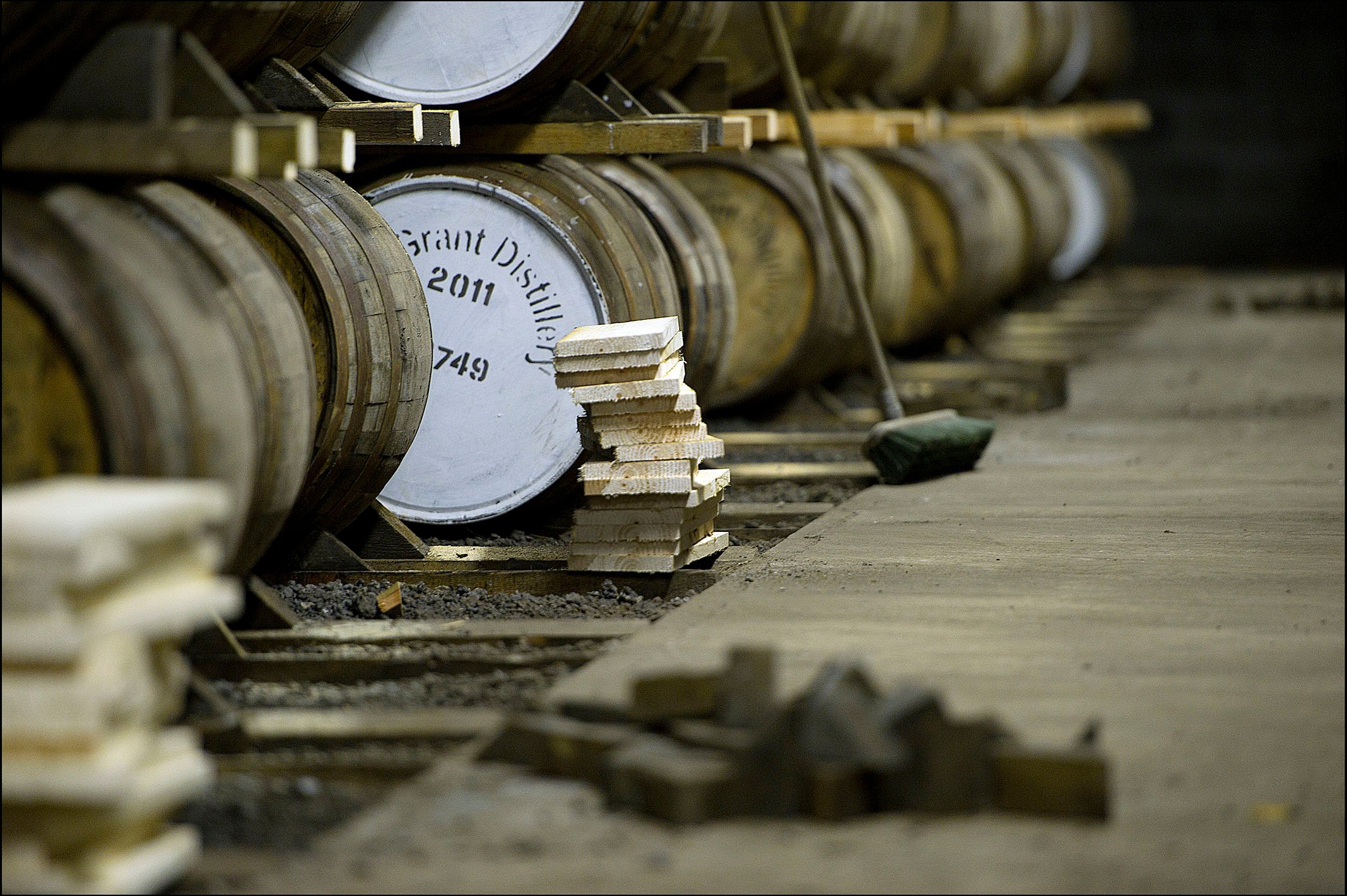One item that often causes discussion (if not confusion!) amongst members is the allocations we get here in Australia.
In particular, members may ask why we get 12 bottles of one particular cask, yet 42 bottles of another cask? Does it mean the cask with only 12 bottles is rarer or more valuable? No, not necessarily. Allow me to explain…..
With each production run the Society does (i.e. when we elect to bottle our casks), the international branches are alerted and given an indication of the expected outturn (i.e. total number of bottles) from the casks that are being offered to us. Not surprisingly, the contents of a single cask can’t be shared amongst 20,000 global members, and so casks are typically allocated and shared amongst certain branches. In other words, if the Society bottles two casks of Laphroaig, then one cask might be offered to six or seven branches only, and the other cask would be offered to the other remaining branches. The allocations are obviously a function of each branch’s membership size and consumption/ordering patterns. This is why you’ll often see casks on the UK website that we don’t feature here in Australia. But don’t worry, it cuts both ways: There are plenty of casks we feature here in Australia that the UK never sees or gets to taste!
One of my tasks as Cellarmaster each month is to go through what’s offered to us and to place orders for our next shipment. In terms of the quantities I request, I have to take a bit of a punt as to how popular I think a cask might be. If it’s an obscure distillery or a particularly expensive bottling, then it follows there might not be much demand, and I may request only 12 or 18 bottles. On the other hand, if it’s from a popular distillery or a style/Flavour Profile that we know our members enthusiastically pounce on, then I’ll request significantly higher quantities – anywhere up to 240 bottles! Of course, our Whisky Manager back in Scotland then has to collate all these requests from each of the branches and hand out the final allocations. Not surprisingly, if the branches all place enthusiastic orders for certain casks, then we won’t always get the quantity we ask for. Many is the time we’ve requested 42 or 60 bottles of something, only to end up with 24 or 30 bottles because other branches requested the same stock. (In case you’re wondering – a bourbon barrel will typically yield anywhere between 150-250 bottles; a hogshead will typically yield anywhere between 200-320 bottles; and a butt will be anywhere between 450-600 bottles. It depends on the age of the cask and how much was lost to evaporation during maturation).
As I’ve said on many an occasion, this is both the blessing and the curse of the single cask. It’s a finite resource, and you’ll only get so much from a cask that then has to be shared around. And, whilst each cask is unique and special in its own right, one of the joys of the Society is knowing that a similar cask is never too far around the corner.
Cheers,
Andrew Derbidge








